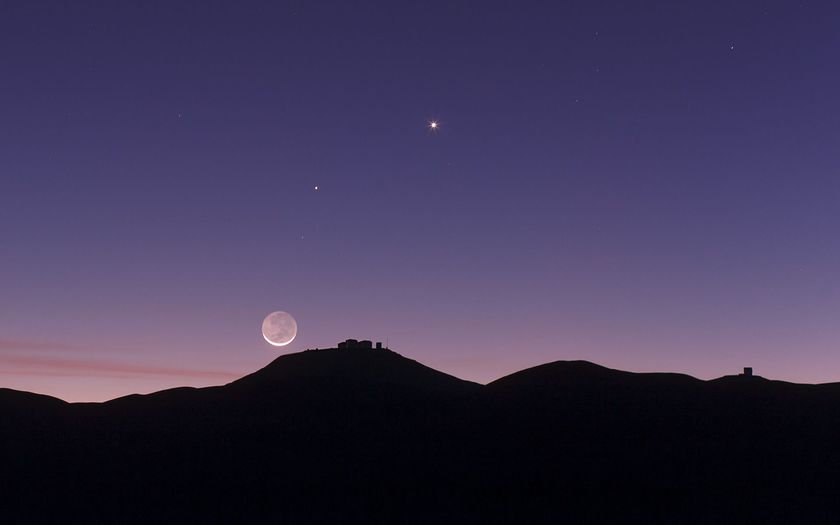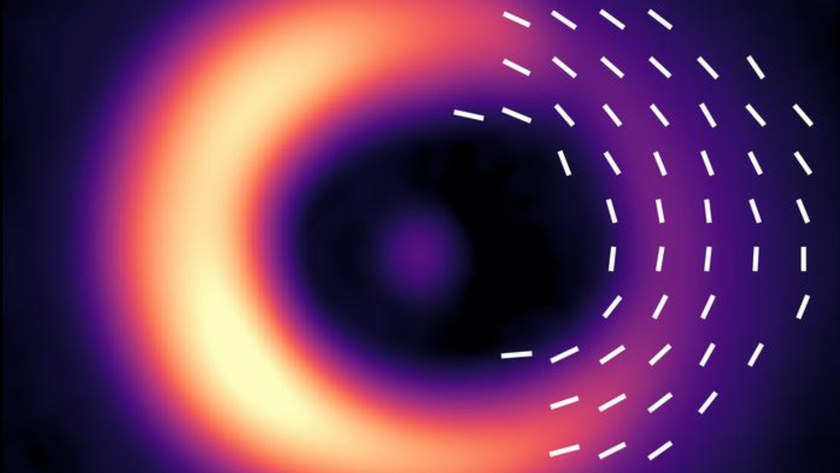Dark Matter Clue: Strange Radio Bursts Finally Reveal Host Galaxy
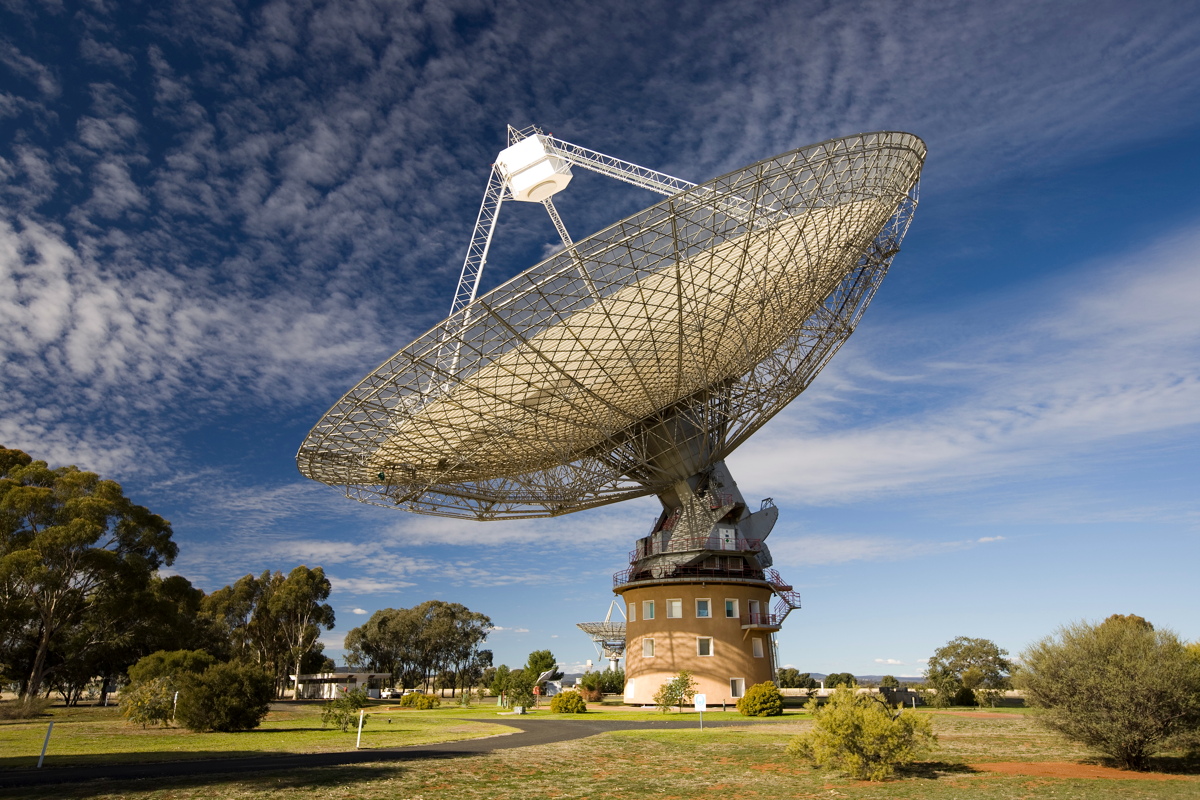
For the first time, scientists have determined the location and distance of a strange and powerful explosion known as a fast radio burst, a finding that allows them to refine models of dark matter.
The mysterious explosions light up the sky thousands of times a day, but what causes them and even where they come from has long remained a puzzle. Thanks to a new observing program that allows for fast identification and follow-up of these blazes, scientists were able to identify the host galaxy for one of the fast radio bursts, known as FRBs, and use it to begin to unravel another puzzle as well — dark matter.
"The good news is that our observations and the model match — we have found the missing matter," lead author Evan Keane said in a statement. Keane, who is project scientist at the Square Kilometer Array Organization, led a team of international astronomers that tracked down the location of one of these mysterious bursts and used it to measure the amount of dark matter lying between it and the solar system. "It's the first time a fast radio burst has been used to conduct a cosmological measurement," he added. [Titanic Galaxy Explosion Pinpointed 6 Billion Light Years Away (Video)]
"Not what we expected"
Fast radio bursts are short but brilliant explosions that release the same amount of energy in a single millisecond as the sun produces over 10,000 years. Although astronomers estimate that these explosions occur 10,000 times a day across the sky, only 16 have been identified since their discovery in 2007. Their short-lived nature keeps them well hidden; by the time scientists find them in archived data, their source is long gone.
"In the past, FRBs have been found by sifting through data months or even years later," Keane said. "By that time, it is too late to do follow-up observations."
To keep FRBs from being more than a historic blip, Keane and his team developed the Survey for Pulsars and Extragalactic Radio Bursts (SUPERB) project, which detects the bursts within seconds and alerts other telescopes while they can still search for evidence following the initial flash.
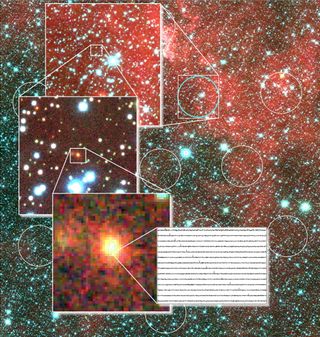
On April 18, 2015, Australia's Parkes radio telescope detected one such blip. SUPERB generated an international alert, and almost immediately, telescopes around the world turned their attention to the part of the sky containing the flare. Within 2 hours, Australia's Commonwealth Scientific and Industrial Research Organization's Compact Array telescope spotted the afterglow of the explosion, a radio source that took six days to fade away. This rapid follow-up allowed CSIRO astronomers to target the FRB about 1,000 times more precisely than any of the previously detected bursts.
Get the Space.com Newsletter
Breaking space news, the latest updates on rocket launches, skywatching events and more!
The team then used the National Astronomical Observatory of Japan's Subaru telescope in Hawaii to identify an elliptical galaxy in optical wavelengths as the home of the bright flare-up.
"It's the first time we've been able to identify the host galaxy of an FRB," Keane said.
The older galaxy lies about 6 billion light-years away, and is well past the peak of its star formation. A previous study suggested that an earlier fast radio burst originated from a pulsar, a constantly flashing star with a predictable pattern. However, the slow fade from the object contradicts this finding, suggesting that there are at least two classes of FRBs with different origins.
"This is not what we expected," team member Simon Johnston, the head of astrophysics at CSIRO, said in the statement. "It might mean that the FRB resulted from, say, two neutron stars colliding rather than anything to do with recent star birth."
The research was published yesterday (Feb. 24) in the journal Nature.
A light in the dark (matter)
The new burst provided insight into more than one strange phenomena. In addition to clarifying how fast radio bursts work, it also helped scientists to nail down measurements of dark matter, the puzzling material that makes up the bulk of the matter in the universe.
Current models suggest that only about 5 percent of the universe is made up of objects we see, such as stars and planets. The remainder is made up of a combination of dark energy (68 percent) and dark matter (27 percent). While neither of these can be directly detected, their presence can be inferred by how they interact gravitationally with the material that can be observed. [Dark Matter and Dark Energy: The Mystery Explained (Infographic)]
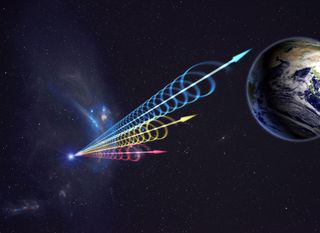
Fast radio burst signals travel through space on different wavelengths at once. As they pass through material, each wavelength is slowed by the material it moves through, much like the way light and ultraviolet radiation slow down differently as they travel through water. Detecting these shifts reveals information about the material the burst passes through. Until now, scientists could only determine how the various wavelengths were delayed as they passed through space. But by understanding the distance to the new explosion, they can now measure the density of the material in between, then compare it with current models of the distribution of dark matter in the universe.
"Essentially, this lets us weigh the universe, or at least the normal matter it contains," Johnston said.
Telescopes like the Square Kilometer Array (SKA), a very large planned radio observatory, should help to detect many more FRBs in the future. With multiple smaller telescopes located in Australia and South Africa, the instrument will be able to capture as much light as a single instrument with a mirror the size of a square kilometer. Construction is expected to begin in 2018, and observations to start in 2020. The enormous telescope should help scientists to improve their understanding of FRBs and dark matter, among other phenomena.
"In the near future, using CSIRO's Australia SKA Pathfinder (ASKAP) should be ideal, and ASKAP will be able to start looking for FRBs this year," Johnston said. "We expect to find several a week, and really clean up."
Follow Nola Taylor Redd on Twitter @NolaTRedd or Google+. Follow us at @Spacedotcom, Facebook or Google+. Originally published on Space.com.
Join our Space Forums to keep talking space on the latest missions, night sky and more! And if you have a news tip, correction or comment, let us know at: community@space.com.

Nola Taylor Tillman is a contributing writer for Space.com. She loves all things space and astronomy-related, and enjoys the opportunity to learn more. She has a Bachelor’s degree in English and Astrophysics from Agnes Scott college and served as an intern at Sky & Telescope magazine. In her free time, she homeschools her four children. Follow her on Twitter at @NolaTRedd
